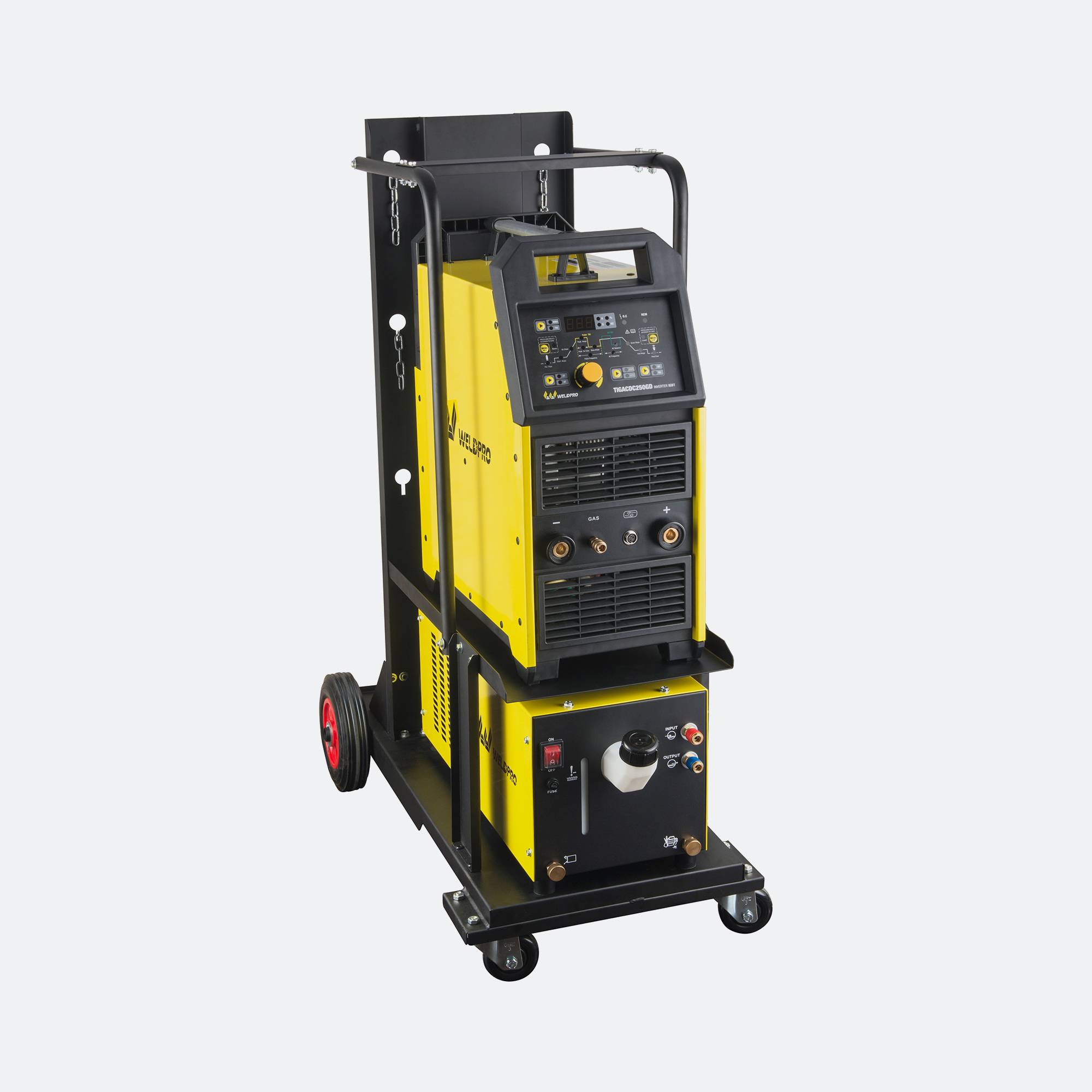 Where To Buy
Where To Buy  Sign In
Sign In-
Cart
Loadding...
Each type of welder offers distinct advantages and is suited to different applications, so understanding the key differences bet
When it comes to choosing the right welding technique for your project, MIG welders and TIG welders are two of the more common options. Each type of welder offers distinct advantages and is suited to different applications, so understanding the key differences between MIG welders and TIG welders is essential in selecting the right one for your needs.
What Are MIG Welders?
MIG welders, or Metal Inert Gas welders, operate by feeding a continuous wire electrode through a welding gun while a shielding gas, typically argon or carbon dioxide, protects the weld pool from contamination. MIG welding is a versatile process that is widely used in both professional and DIY projects due to its ease of use and efficiency. It is particularly favored for its fast welding speeds and ability to work with a variety of metals, including steel, aluminum, and stainless steel.
MIG welders are ideal for thicker materials and for applications where speed is crucial. The continuous wire feed reduces the need for manual intervention, which makes MIG welding a relatively simple process to learn. In fact, beginners often find MIG welders easier to handle compared to TIG welders, due to their more forgiving nature and straightforward setup.
What Are TIG Welders?
TIG welders, or Tungsten Inert Gas welders, use a non-consumable tungsten electrode to create the weld. Unlike MIG welders, TIG welding requires the welder to manually feed filler material into the weld pool while maintaining a consistent arc. This makes TIG welding a more complex and precise process compared to MIG welding. TIG welders are favored for their ability to produce clean, high-quality welds with small spatter, especially when working with thinner materials.
While MIG welders are often used for high-production work, TIG welders excel in applications where precision and finish are paramount. This process is frequently used for intricate, high-detail welding, especially in industries like aerospace, automotive, and art metalwork, where weld quality is critical.
Key Differences Between MIG Welders and TIG Welders
Ease of Use: One of the primary differences between MIG welders and TIG welders is the ease of use. MIG welders are generally more user-friendly, making them a great option for beginners or those looking for quick, efficient welding. TIG welders, on the other hand, require more skill and experience, as they involve more manual control over both the welding process and filler material.
Welding Speed: MIG welders are faster than TIG welders due to the continuous wire feed. This makes MIG welding ideal for high-production environments where speed is essential. In contrast, TIG welding is slower because the welder must feed the filler rod manually and control the arc, which takes more time and attention.
Weld Quality: When it comes to weld quality, TIG welders are known for producing clean, precise, and aesthetically pleasing welds. Since TIG welding involves greater control over the arc and the filler material, it's easier to avoid spatter and achieve a smooth finish. MIG welders, while still capable of producing strong welds, tend to produce more spatter, and the welds may not always have the same level of finesse as those created by TIG welders.
Materials: MIG welders are versatile and can be used on a wider range of materials, including thicker metals. TIG welders, however, excel at welding thinner materials with greater precision. If you're working with thin gauge metals like sheet metal or need to produce high-quality welds on lightweight alloys, a TIG welder would likely be a better choice.
Cost and Equipment: In terms of cost, MIG welders tend to be more affordable than TIG welders, both in terms of the initial investment and the consumables. TIG welding equipment can be more expensive, and the welding process itself is slower, pilot to higher labor costs in some cases. However, the investment in TIG welding may be worthwhile for projects requiring high precision and a clean finish.
Skill Level: While MIG welders are generally easier for beginners to master, TIG welders require a higher level of skill and experience. It's important to consider the skill level of the operator when deciding which type of welder to purchase. If you're just starting out, a MIG welder might be a better choice as it offers a smoother learning curve.
Which One Fits Your Needs?
The choice between MIG welders and TIG welders depends largely on the type of projects you plan to undertake. If you're working on larger, thicker materials or need a fast, efficient welding process for general applications, MIG welders are likely the right option. Their versatility, ease of use, and quick welding speeds make them a go-to choice for many welders.
On the other hand, if your projects require high precision, clean welds, and attention to detail, TIG welders may be the better option. Although TIG welding can be more challenging to master, the results often speak for themselves in terms of quality and finish. TIG welders are especially suitable for industries that require detailed work, such as aerospace, automotive, and artistic welding projects.
In the end, both MIG welders and TIG welders have their own unique advantages and are designed to meet specific needs. MIG welders are ideal for speed, versatility, and working with thicker materials, while TIG welders excel in precision, clean welds, and thinner materials. Whether you're a beginner looking for ease of use or an experienced welder focused on achieving fine, intricate welds, understanding the differences between MIG welders and TIG welders will help you make an informed decision. The right choice will ultimately depend on your specific project requirements and the level of skill and precision needed.
Subscribe to Our Newsletter!